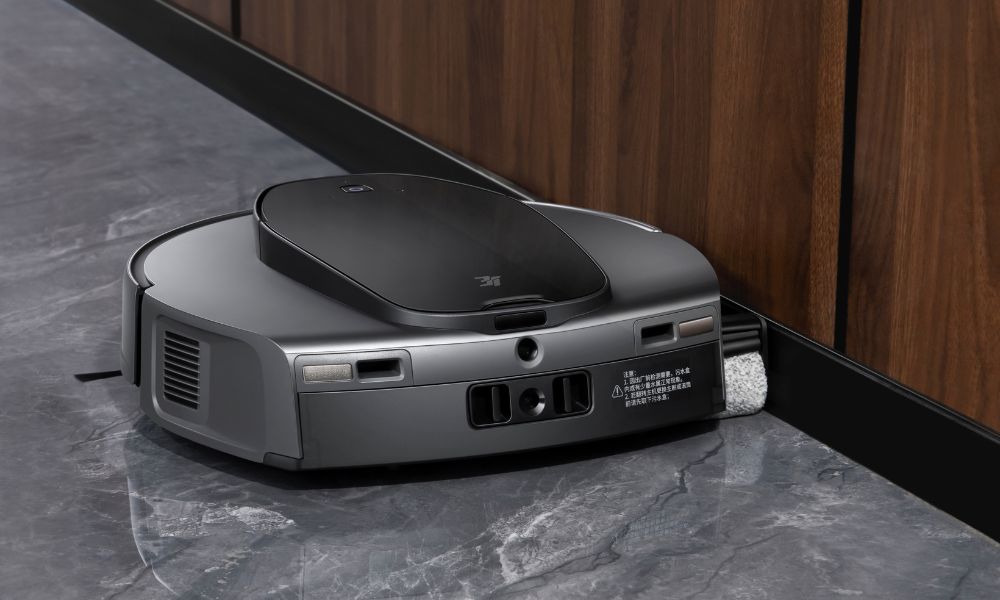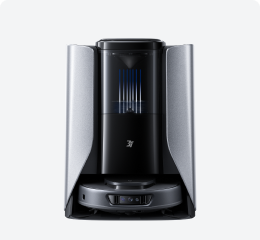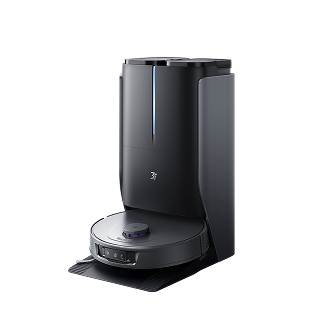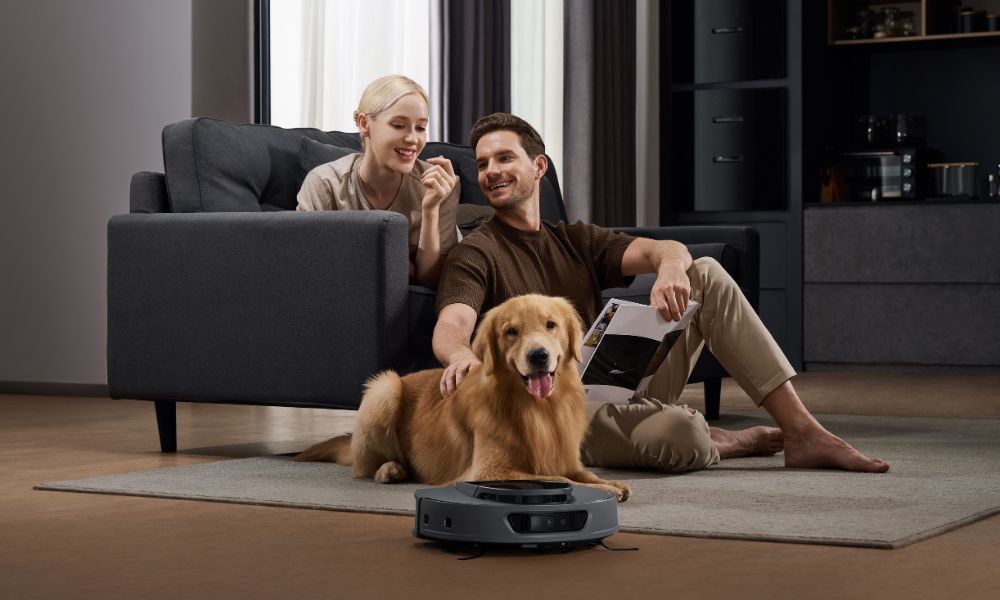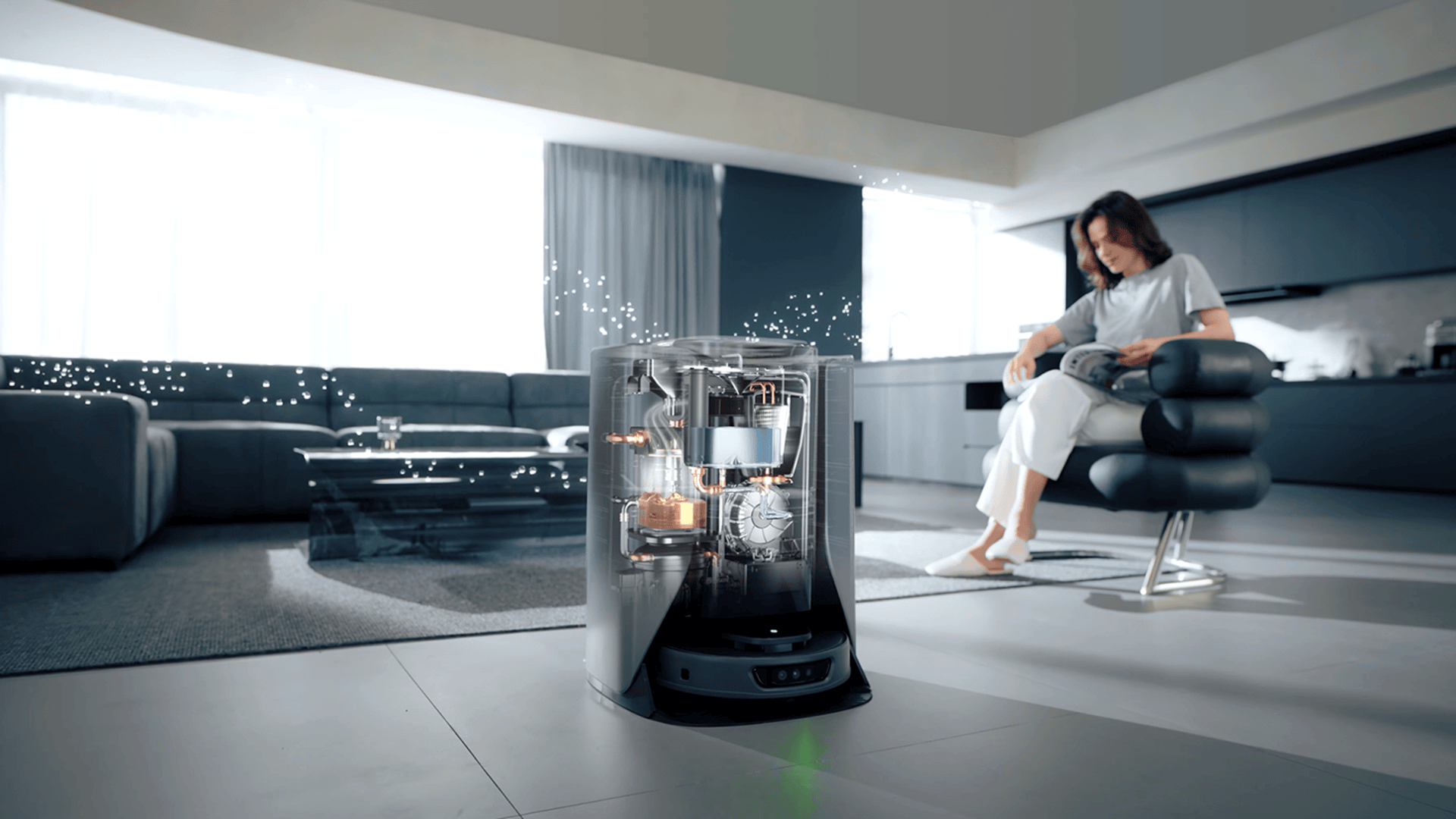A robot vacuum makes home cleaning easier, but it still needs your attention to stay efficient. One of the most overlooked tasks is emptying the dustbin regularly. When you skip this step, even the smartest robot won’t be able to clean effectively. In this article, you’ll learn how often you should empty your robot vacuum when to adjust your schedule, how to empty it correctly, and how to keep your device running smoothly for years.
Why Is It Important to Empty Your Robot Vacuum Regularly?
Although robot vacuums are designed for convenience, they’re not self-sufficient. Letting dust and debris build up in the dustbin can significantly reduce your vacuum’s suction power. Once the bin is full, your robot has nowhere to store new debris, which means it just drags dirt around instead of picking it up.
Full bins can also cause bad smells, especially if they include pet hair, food crumbs, or moisture. Over time, neglecting to empty the bin can even strain the sweeping robot motor or cause it to overheat. If your robot vacuum is suddenly performing poorly or skipping parts of the floor, a full dustbin could be the reason.
How Often Should You Empty a Robot Vacuum?
How frequently you should empty your robot vacuum depends on several factors: the size of your home, how often you run the device, and how much debris it picks up each time. Here are some general guidelines:
Daily Emptying
If you have a pet that sheds a lot or you use your robot vacuum every day, it’s best to empty the dustbin after every use. This prevents clogging from pet hair and maintains a steady suction. In addition, by emptying the dustbin regularly, you can also reduce odors and keep the vacuum cleaner parts running efficiently.
Every 2-3 Uses
If you have a smaller house with less dust, no pets, and less foot traffic, you can wait 2-3 cleaning cycles before emptying the dustbin. However, you need to check the dustbin to avoid overfilling it. Because overfilling the dustbin may reduce cleaning performance or cause clogging.
Automatic Emptying Station
Some high-end self-empty robot vacuum models are equipped with an automatic emptying base that can collect debris for up to several weeks. Although convenient, you will need to empty and clean the base every 1–2 weeks. This prevents dust accumulation, keeps the vacuum cleaner hygienic, and avoids odors caused by retained debris.

When Should You Adjust How Often You Empty or Run Your Robot Vacuum?
Your cleaning needs aren’t static — they change with your environment. Here are a few scenarios where you might need to empty your vacuum more frequently or adjust your usage schedule:
- Pet Shedding Season: Many pets shed a lot in the spring and fall, which can cause hair and dander to accumulate quickly in the litter box. You’ll need to empty the litter box after every event to keep the air flowing and reduce allergens to prevent the brush from clogging.
- Allergy Season: Pollen season can bring allergens into your home through windows or clothing. This is when you’ll need to run your robot vacuum more frequently to remove fine particles like pollen and dust, so you’ll need to empty the litter box frequently to prevent allergens from being re-released into the air.
- After a Party: Social events can leave behind crumbs, dirt, and trampled debris. So, it’s a good idea to run your robot vacuum and empty the litter box immediately after your guests leave. This keeps your floors clean and prevents the contents of the litter box from overflowing.
- Renovation or Home Projects: DIY projects can create fine dust, wood chips, or drywall particles that can overwhelm your vacuum. These materials can clog the filter or fill the dust box in a single use. So you’ll want to clean it more frequently and check the dust bin and filters after every use.

How Do You Empty a Robot Vacuum Properly?
Emptying a robot vacuum is usually a simple process, but doing it the right way ensures optimal performance and cleanliness. Here’s how:
Turn off the Device
Before performing maintenance, such as handling internal parts, you need to turn off the power to the self-cleaning robot vacuum. This prevents accidental startup and protects your safety. Therefore, if the device is charging, you must unplug the power plug to avoid an electric shock.
Open the Dust Box
Find the dust box, which is usually located on the top, back, or bottom of the sweeping robot, depending on the model. First, open the dust box to prevent debris from spilling. Familiarize yourself with the design of the dust box so that you can access it faster next time.
Remove and Empty the Dust Box
Remove the dust box and pour the contents into the trash can. If the dust box is full of fine dust or allergens, it is recommended that you wear a mask or empty it outdoors first. This can reduce your exposure to airborne particles and keep your home clean.
Clean the Dust Box and Filter
If the dust box is washable, can you rinse it with water? Note that you need to check the manual first to confirm. Then tap or brush the filter, but do not rinse it unless the filter is designed to be washable. Also, replace the filter on your vacuum cleaner parts every few months so you can get the best performance from it.
Reinstall All Parts Securely
After all parts are clean and dry, reinstall the dust box and filter into the vacuum cleaner. Be careful to make sure all parts snap into place with no loose parts. This will make the operation safe and ensure proper airflow the next time you clean.
How Can You Maintain Your Robot Vacuum for Optimal Performance?
Regular maintenance goes beyond just emptying the bin. Here’s a quick routine you can follow to keep your sweeping robot running like new:
- Weekly Tasks: Spend a few minutes each week cleaning the main and side brushes to remove tangled hair or strings. Wipe the sensors with a dry cloth to help your robot navigate more accurately. Also, check the wheels for debris that could prevent smooth movement.
- Monthly Tasks: Once a month, thoroughly disassemble and clean the vacuum filters, replacing them if they're worn. Wipe the charging contacts with a cloth to keep your self-empty robot vacuum connected. If your vacuum is connected to an app, also check for software updates to maintain optimal performance.
- Every 3-6 Months: Replace brushes and vacuum cleaner parts every three to six months, according to the manufacturer's recommendations. If your model has an auto-emptying base, you'll need to deep-clean it, especially the chute and internal dust bin, to prevent clogging and maintain hygiene.
Routine care not only keeps your self-cleaning robot vacuum running efficiently but also extends its lifespan, saving you money in the long run.
Summary
Your sweeping robot is useful, but not completely hands-free. Improve its cleaning efficiency and hygiene by emptying its dustbin regularly. You can check and empty your robot vacuum after every 1–3 uses. Or, you can adjust your daily cleaning routine according to seasonal needs or extra debris, and don't forget to care for your robot in between cleanings. Just a few minutes of maintenance, and hours of effortless cleaning enjoyment.
FAQs
Can I wash my robot vacuum’s dustbin?
Yes, you can clean the dust box of a robot vacuum cleaner, but you should check the user manual first. Most dust boxes can be rinsed with water after removing the filter, but the filter is basically impossible to clean. Note that you must wait for the dust box to be completely dry before putting it back in place to avoid damage. Regular rinsing can prevent odors and maintain strong suction.
Is self-emptying worth it in a robot vacuum?
If you want less maintenance and more convenience, a self-emptying robot vacuum is the way to go. It automatically transfers dust to a larger dust bin, so you only have to empty it once every week or two. This feature is great for pet owners or people with allergies. Although it costs more, many people find this upgrade very useful.



